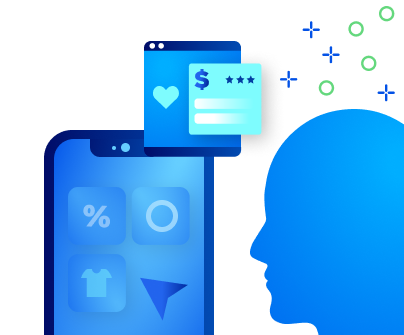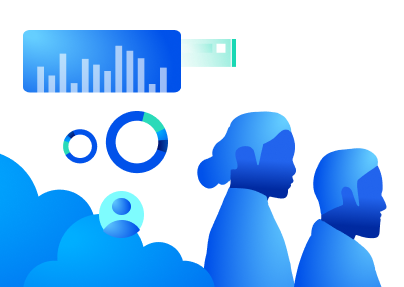Getting the Most Out of Salesforce B2C Commerce
Are you taking full advantage of your ecommerce platform? Lacking key features could throttle your sales volume.
Online B2C retail is booming. The numbers are clear: 20.4% of all retail purchases in 2023 will take place online, totaling over $6.3 trillion worldwide. B2C ecommerce sales are also expected to grow over 10% annually to hit over $8.1 trillion globally by 2026. With all that activity, it’s no surprise that competition for online shoppers is tight.

Sticking out in a crowded field is no easy task, and online consumers have come to expect more from online storefronts. Features like “Buy Online, Pickup in Store” (BOPIS) were not available just a few years ago. Now, they have become standard, driven by industry leaders investing heavily in new functionality. If you haven’t yet integrated these features into your website, you are probably missing out on a lot of revenue.
The good news is that many of these features can be set up using only your Salesforce B2C Commerce platform. For others, you need third-party apps. Either way — deploying them requires investment. That’s why it’s key to select the right features for your business.
So, have you asked yourself which features you should be targeting?
Are you integrating in-store and online shopping, and are your customers aware of it?

Consumers expect to mix in-store and online shopping experiences. It’s key to making their journey standardized and seamless across omnichannel offerings. That means not only offering a BOPIS option but also making it easy to find a store for the pickup.
That goes hand in hand with providing real-time visibility of product availability. Additionally, regular updates on your website of where items are available — both online and in-store — grab customers' attention and drive traffic. They should be happening daily or weekly.
Are you rewarding your customers for shopping with you?
Loyalty programs are nothing new in the retail segment. Consumers spend more — and more frequently — if they are part of a loyalty rewards program, boosting customer lifetime value. On top of that, rewards points can be leveraged to encourage your customers to offer you valuable feedback on your website and your products.
However, poor deployment of a rewards program can drive traffic away from your storefront by sending it elsewhere. If redeeming points is difficult — or easily subject to fraud — you aren’t doing yourself or your customers any favors. With such clear benefits and risks, it’s crucial to get your loyalty program right.

Are you using customer data to drive sales?

Product recommendations only result in larger purchases if they meet consumer wishes. Is your search engine accurately contextualizing product searches within your customers’ purchase history? That will help simplify product discovery — and result in fuller carts.
When you know about your customers, you can also deploy automated marketing protocols. For example, you can alert them when out-of-stock products become available, or that they have an abandoned basket — wherever they are.
Have you automated your order management platform?
Customer service encompasses fulfillment, returns, delivery visibility, and order management systems. If that all works well, it will drive returning customers. But if you haven’t made it easy for them to find nearby locations for in-store pickups, or to request refunds, you could be driving them away.
Are you using chatbots to assist customers?
Some customers will run into problems anyway. Chatbot functionality is crucial to help answer their questions or connect them with the people who can. It needs to be available 24/7. And you should be anticipating integrating the advancements in AI that made services like ChatGPT possible.

If you haven’t begun offering these features, we can help. SoftServe has created an assessment to help you determine which Salesforce B2C Commerce upgrades are right for you. It lets you evaluate key functionalities by how necessary they are, and how much investment they require. Use it to pinpoint which improvements will drive the most sales and provide the biggest ROI.

